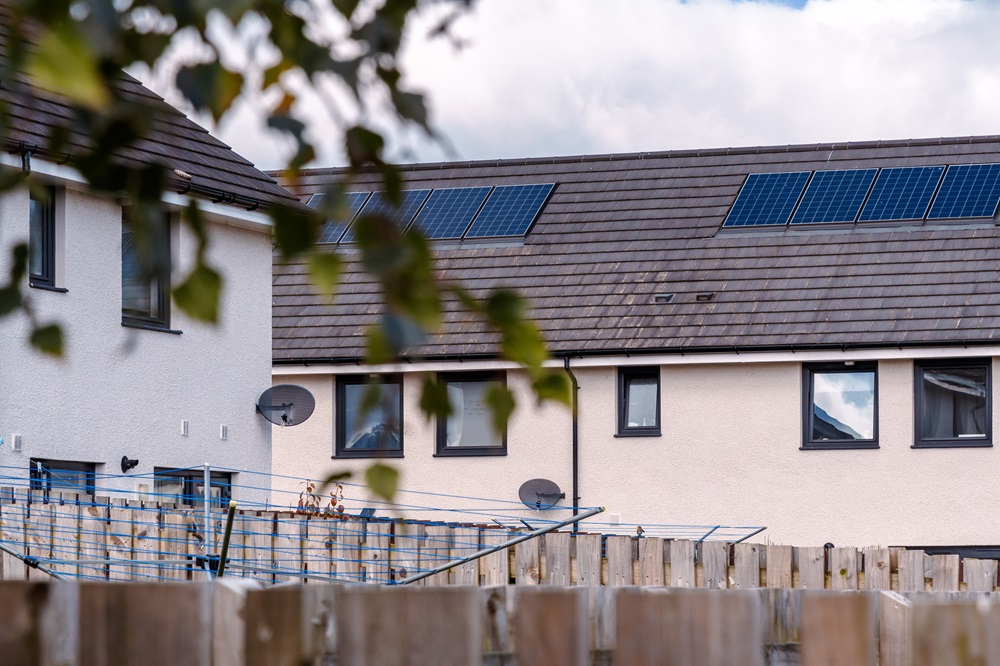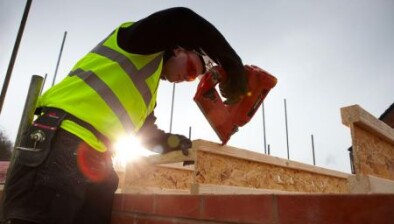New supply dips, but affordable housing investment continues

Scotland’s Chief Statistician has released the Housing Statistics for Scotland 2023-24, revealing a year of mixed results across the nation’s housing system.
While overall housing supply has decreased, key progress continues in social housing provision and affordable housing starts, against a backdrop of complex economic pressures.
The total new housing supply, which includes new builds, rehabilitations, and net conversions, fell by 16.4% in 2023-24. Just 20,364 homes were added to Scotland’s housing stock, compared to 24,348 the previous year.
New builds accounted for the vast majority (97.9%), with 19,943 homes. Rehabilitations made up just 0.3% (57 homes), while net conversions contributed 1.8% (364 homes).
This marks a significant reduction in delivery and signals potential challenges for meeting future demand.
As of March 31, 2023, Scotland’s estimated 2.7 million dwellings were composed of 60% owner-occupied, 23% social rented, 13.2% private rented or rent-free and 3.7% vacant or second homes.
Despite the drop in overall supply, social sector housing stock grew by 6,102 homes, reaching 633,030 dwellings by March 31, 2024. This includes 325,477 local authority dwellings and 307,553 housing association dwellings.
Supportive housing for older people saw a 1.2% increase, totalling 21,085 homes, while housing for people with physical disabilities declined by 1.2% to 29,813 units.
Scotland’s councils made 25,423 permanent lettings in 2023-24, a 7.5% increase on the previous year. Of these, 49% went to homeless households, 26% to those on housing waiting lists, 21% were tenant transfers, and 3% were classed as ‘other’.
Meanwhile, the number of applications on housing lists rose by 1.2%, reaching 177,264 households. However, this figure may include duplicate applications across different local authorities or housing associations.
Council eviction-related notices rose 10.2% to 16,640 in 2023-24. Despite this, actual evictions or abandonments were limited to 561, the majority (91%) linked to rent arrears, up from 85% the previous year. Notably, eviction levels remain significantly lower (32.2%) than pre-pandemic levels.
Local authorities paid out 6,038 Scheme of Assistance grants – a 5% decrease from the previous year. Most grants (4,194) were for disabled adaptations, though this too was down by 9% from 2022-23. However, the financial investment in disabled adaptations increased to £22.2 million, suggesting a focus on more intensive support.
As of March 2023, there were 15,274 Houses in Multiple Occupation (HMO) licences in force – a slight 1% decrease year-on-year.
Commenting on the statistics, housing minister Paul McLennan acknowledged the difficult economic context but emphasised the Scottish Government’s commitment to long-term solutions: “We recognise these are exceptionally challenging times. However, it is encouraging that affordable housing starts and approvals have increased in the year to December 2024, and we will continue to work with partners to increase these levels even further through our £768m investment this year, an increase of £200m when compared to last financial year.
“Providing everyone in Scotland the right to a warm, safe and affordable home is essential to our key priority of eradicating child poverty.
We have a strong track record in affordable housing, delivering 136,000 affordable homes including 97,000 for social rent between 2007 and 2024. That’s 47% more per head of population than England and 73% more than Wales as of March 2024.
“Since we declared a housing emergency last May we have been working at pace a range of stakeholders across the housing system to take urgent action. This has involved working closely with those local authorities who are experiencing the greatest and most sustained homelessness and temporary accommodation pressures. We are also engaging the expertise of the Housing to 2040 Strategic Board and Housing Investment Task Force to support the response.
“Throughout the development of the Housing (Scotland) Bill we have made sure to strike the appropriate balance between protecting tenants and providing incentives for continued investment in the private rented sector through measures such as rent control areas.”








